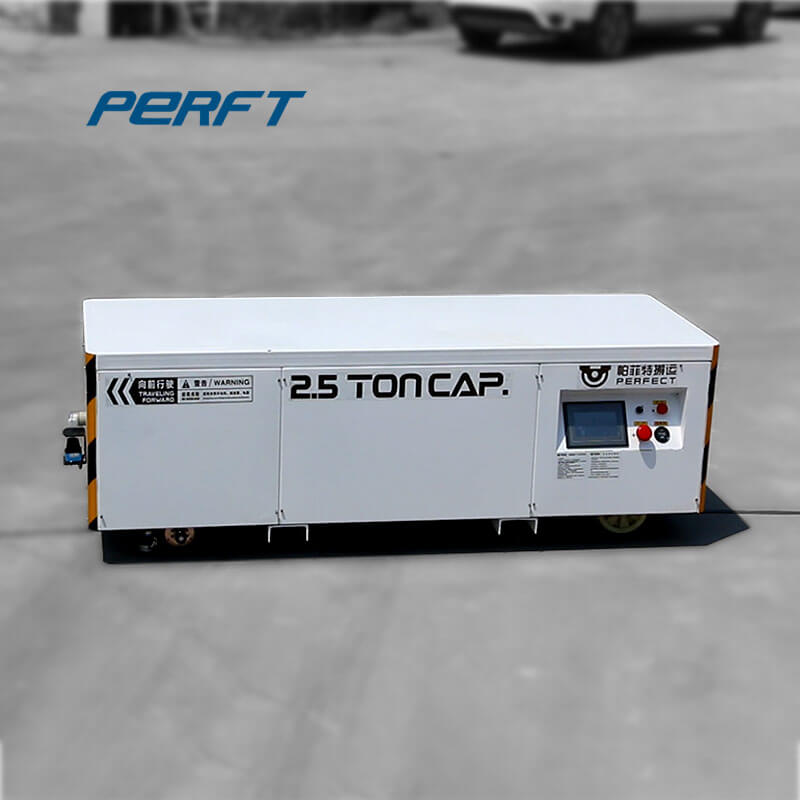
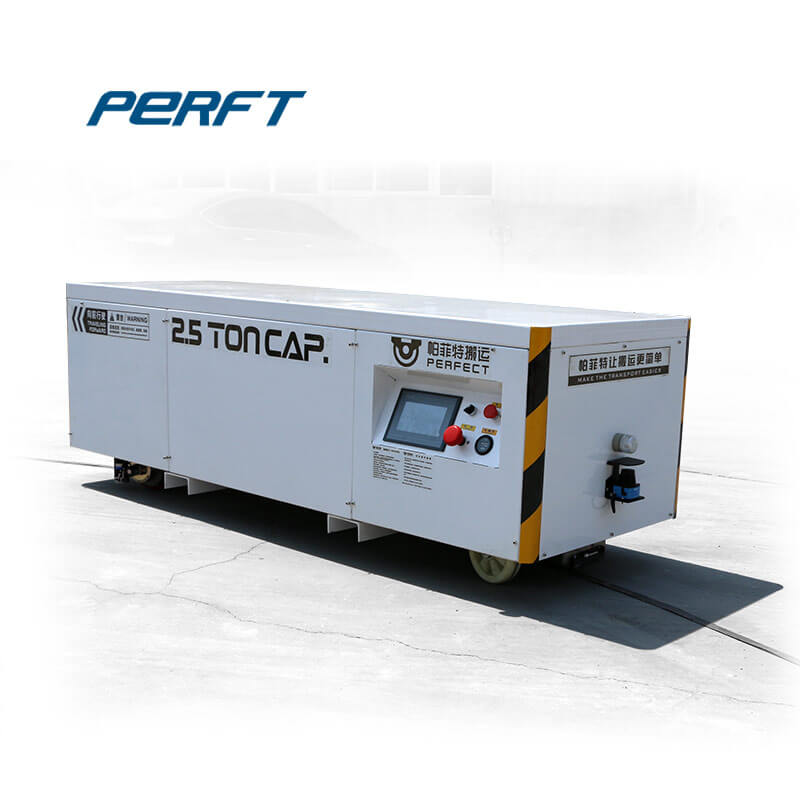
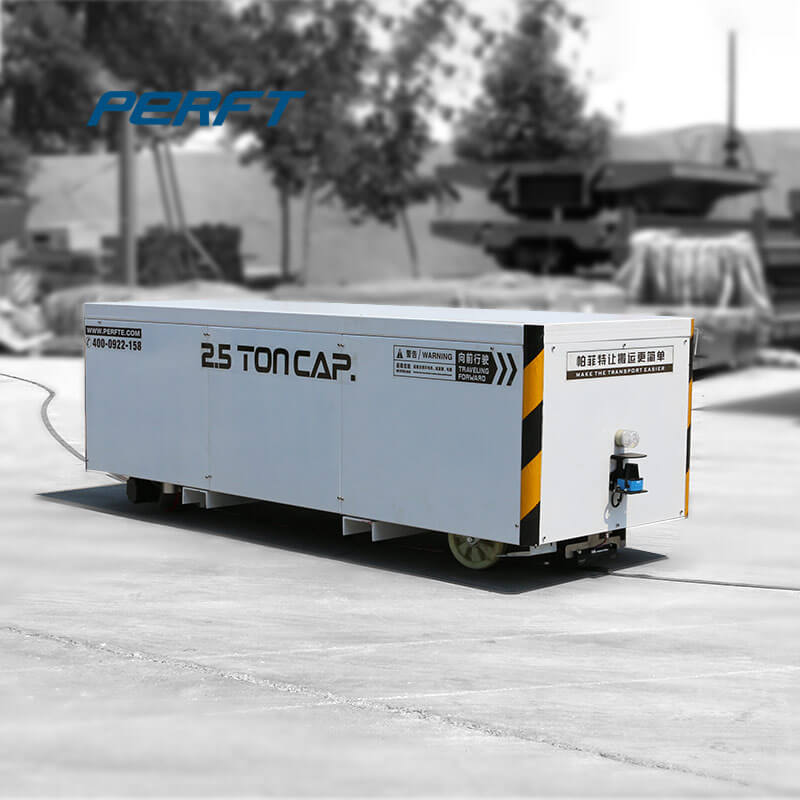






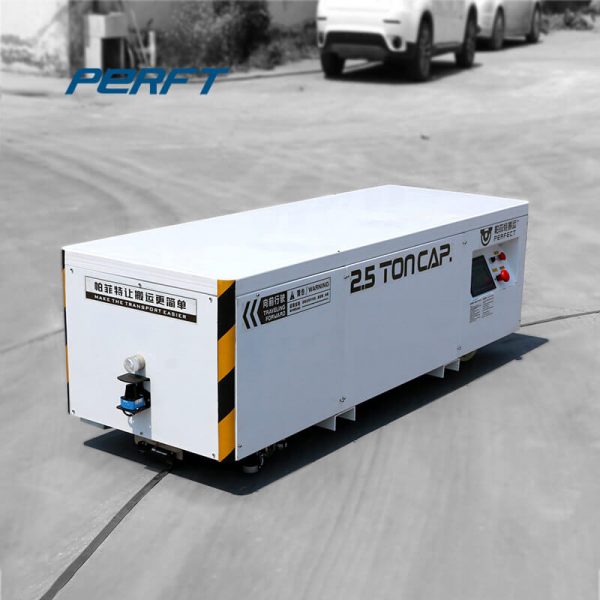
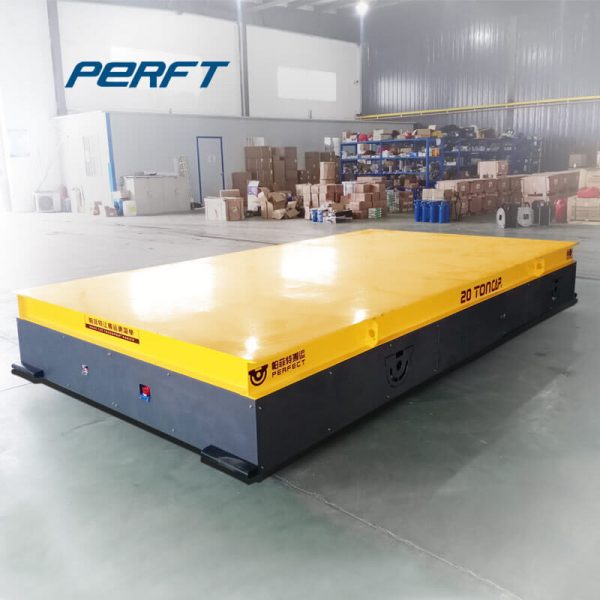
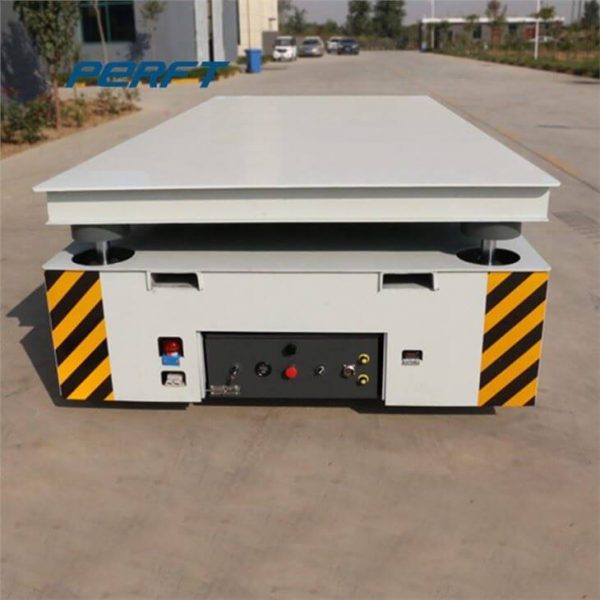
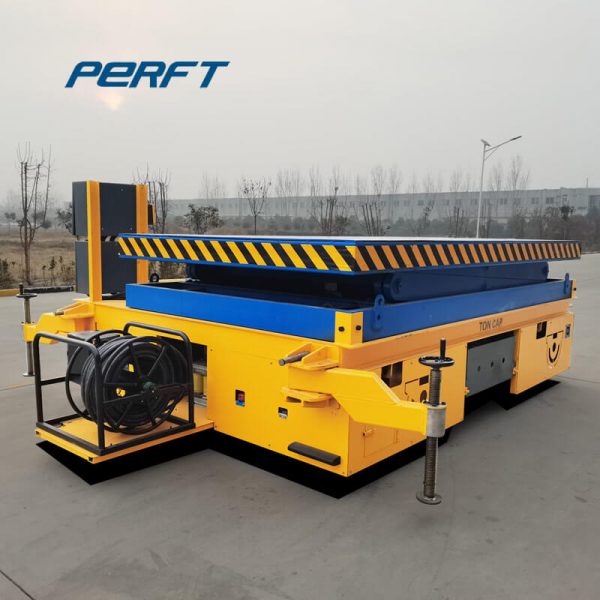
Brake Slug. A locomotive, without diesel engine or traction motors, used as additional braking (in conjunction with another locomotive) for hump or yard operations. Brake Step. A small shelf or ledge on the end of a freight car on which the brakeman stands
On rail carts are perfect to use in indoors or outdoors in factory sheds. This kind of vehicles are powered up through batteries, could be electric-wire connected or diesel self-propelled. This on rails solution permits to transfer loads in longitudinal and transversal using hydraulic cylinders and they adapt to any type of current rails and also to new ones as per client’s requests.
Model Train Freight Cars. Shop online for over 13,300 model train freight cars at discounts up to 69%. HO Scale is the most popular of the 13 model train freight cars categories, then N Scale, and Loads - HO Scale. Bachmann is ranked #1 out of 85 model train freight cars manufacturers, followed by
The locomotives and ships that would transport coal through our region are diesel-burning; diesel particulate matter causes cancer and other diseases. Up to 18 trains a day, each powered by an average of 4 locomotives, would pass through our rail communities; immense coal ships would make over 950 annual transits right by island and coastal communities.
4/6/2021 · After diesel locomotives went into service on the ACL after World War II, #1504 was used for freight service. It was retired and placed into storage in 1952. The locomotive’s first cosmetic and mechanical restoration was completed in 1960.
11/5/2013 · According to the designers, diesel engines could run faster and work longer than steam locomotives. They were more fuel-efficient; they didn’t require frequent stops to replenish coal and water. Instead of generating steam in an enormous boiler, the diesel burned oil to power a generator that, in turn, powered electric motors on the wheels.
Diesel Electric Gas Electric Steam Rolling Stock N Scale Freight Cars Autorack Boxcar 40 Foot Steel Combo Door 40 Foot Steel Double Sliding Door 40 Foot Steel Single Plug Door 40 Foot Steel Single Sliding Door 50 Foot Ribbed Combo Door 50 Foot Ribbed
11. When operating gauging devices, top operated bottom outlet valves, or any other top fittings or closures, loaders/unloaders should not: 11.1 Stand directly above or place any part of their body directly above the gauging device, valve, fitting, or closure.
These vehicles were diesel-powered, twin-axle rail buses of light construction. They were employed in passenger train duties on less profitable branch lines. Built: 1950 Top speed: 90 km/h Weight: 13 tons Power: 96 kW Traction: 15 kN Capacity: 57 passengers
During the 1940s it even led the market, as well as with the early road-switcher, the RS1 of 1941. Electro-Motive plant switcher #105 is seen here in McCook, Illinois on October 6, 1962. Roger Puta photo. According to Marty Bernard: "#105 was a DH2, a SW8 modified as a diesel
Ozark Mountain Railcar is the only full service brokerage firm in the industry, selling locomotives, passenger cars, cabooses, freight cars, maintenance of way equipment and rail related equipment. Our knowledge base enables us to identify equipment that will best suit your needs and we can also advise our buyers on how to move and insure the equipment they purchase.
Xinxiang New Leader Machinery Manufacturing Co., Ltd is best Coil Transfer Cars, Die Mold Handling Vehicles and Ladle Transfer Cart supplier, we has good quality products & service from China. Services We Are The Professional Manufacturer Of Transfer Cart.
Baggage cars have always been placed at the head-end of passenger trains to ease switching, loading, and transfer. Seen here is a Budd-built car departing Chicago's Dearborn Station with Santa Fe's "Grand Canyon" on February 6, 1968. Roger Puta photo.
10/6/2021 · 20,000 to 25,000 Gallon. These larger capacity railcars carry a wide array of commodities, including liquid fertilizers, chemicals, fuel oils and asphalt, and food-grade oils. Over 25,000 Gallon. Our largest general service tank cars are designed to handle food-grade oils, ethanol, petroleum products, and various chemicals.
Highway fatalities data prior to 1975 have been adjusted to reflect the Fatality Analysis Reporting System's definition of a fatal crash as one that involves a motor vehicle on a traffic way that results in the death of a vehicle occupant or a nonmotorist within 30 days of the crash.